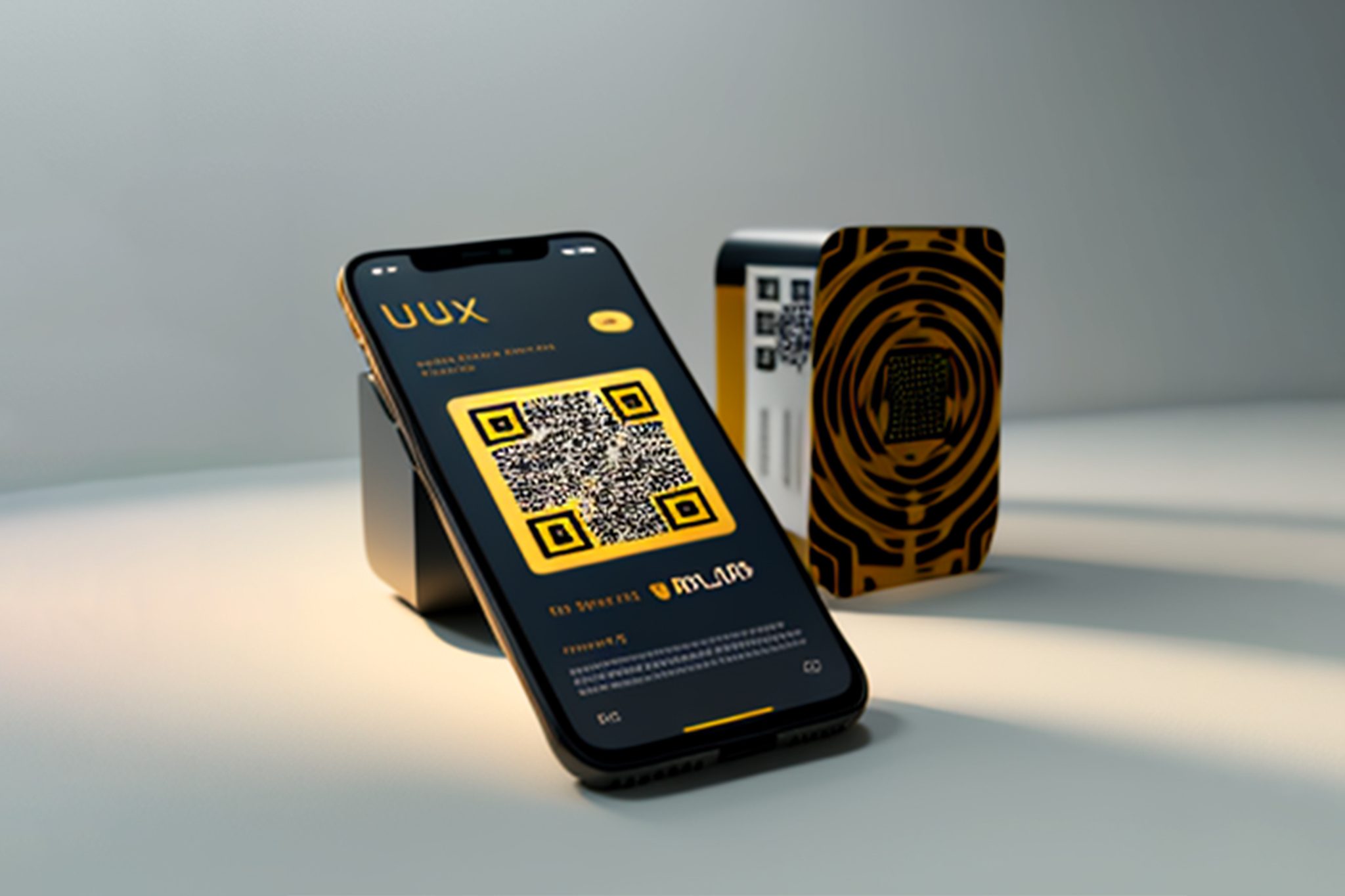Summary
This blog discusses the differences between static and dynamic QR codes and highlights the benefits that a dynamic QR code can offer. Static QR codes are fixed and cannot be changed once generated, while dynamic QR codes can be edited and updated even after they have been created. Dynamic QR codes offer additional benefits such as data tracking and analytics, password protection, and the ability to customize and update the content linked to the code.
In recent years, QR codes have become increasingly popular as a way to quickly and easily connect users to digital content. However, there are two types of QR codes: static and dynamic. In this blog post, we will explore the differences between static and dynamic QR codes and the benefits that a dynamic QR code can offer.
Static QR Codes
A static QR code is a QR code that is fixed and cannot be changed once it has been generated. When scanned, a static QR code will always lead to the same digital content. Static QR codes are useful for businesses that want to provide a direct link to their website or social media pages, or for businesses that want to provide a simple way for customers to access their contact information.
*Static QR codes are rarely advisable for marketing and business
However, there are some limitations to using static QR codes. For example, if a business wants to update the information linked to a static QR code, they will need to generate a new code and replace all existing codes. Additionally, static QR codes do not provide any data tracking or analytics, so businesses cannot track who is scanning their codes or how often they are being scanned.
Dynamic QR Codes
In contrast to static QR codes, dynamic QR codes are codes that can be edited and updated even after they have been generated. This means that businesses can change the digital content that is linked to a dynamic QR code without having to generate a new code.
Dynamic QR codes also offer a number of additional benefits. For example, businesses can use dynamic QR codes to track how often their codes are being scanned and where they are being scanned from. This data can be used to better understand customer behavior and to refine marketing strategies.
Furthermore, dynamic QR codes can be password-protected, allowing businesses to control who has access to the content linked to the code. This can be useful for businesses that want to provide exclusive content or promotions to a select group of customers.
Overall, while static QR codes are useful for simple tasks such as linking to a website or social media page, dynamic QR codes offer a range of benefits that can help businesses better understand their customers and refine their marketing strategies.
If you want to generate your own dynamic QR codes, there are a number of online tools available, such as QR Code Chimp. These tools allow you to create dynamic QR codes with customized content and analytics tracking.
In conclusion, understanding the differences between static and dynamic QR codes can help businesses make informed decisions about which type of code is best suited to their needs. By using dynamic QR codes, businesses can benefit from improved data tracking and analytics, as well as the ability to update and customize their codes over time.












